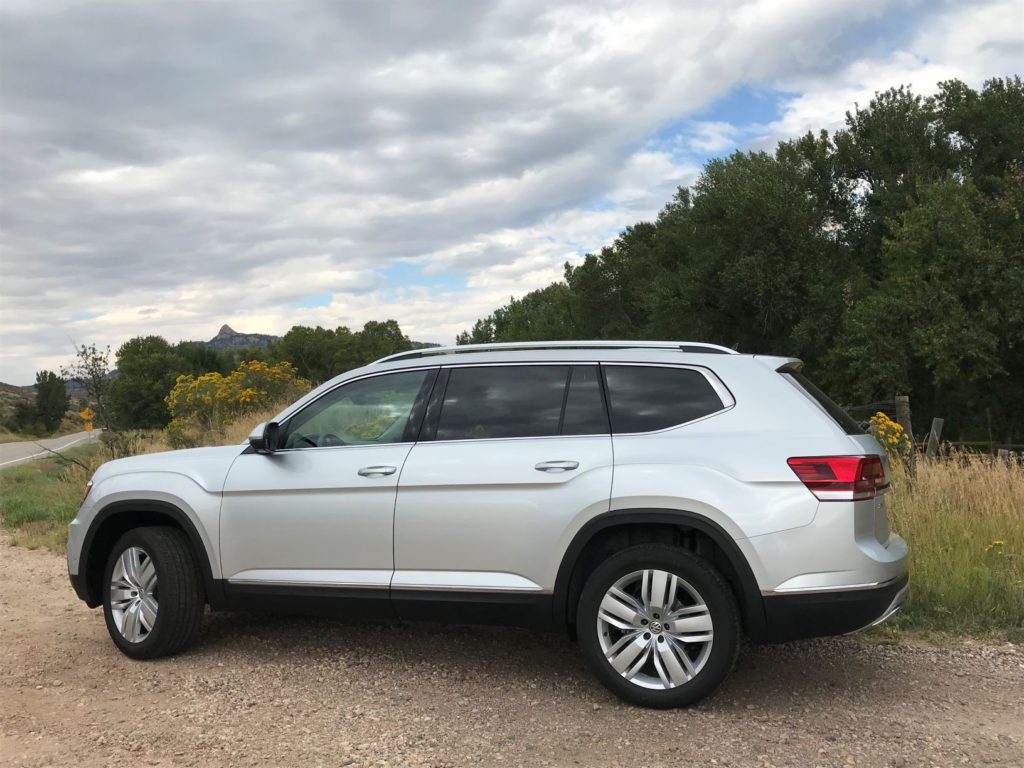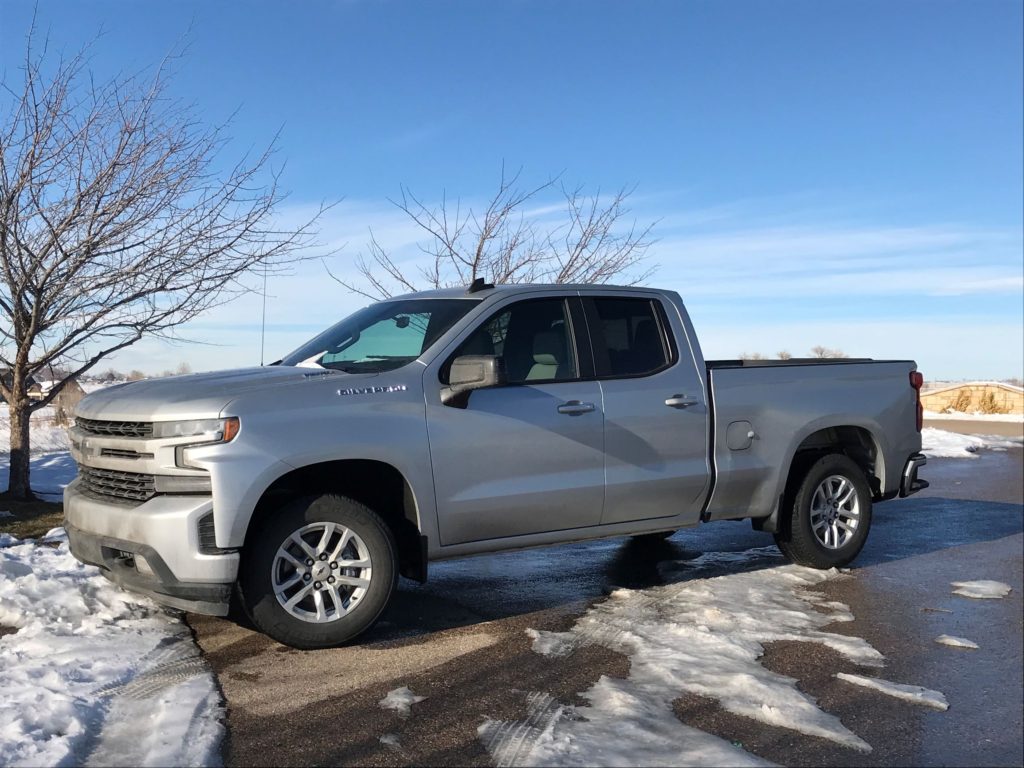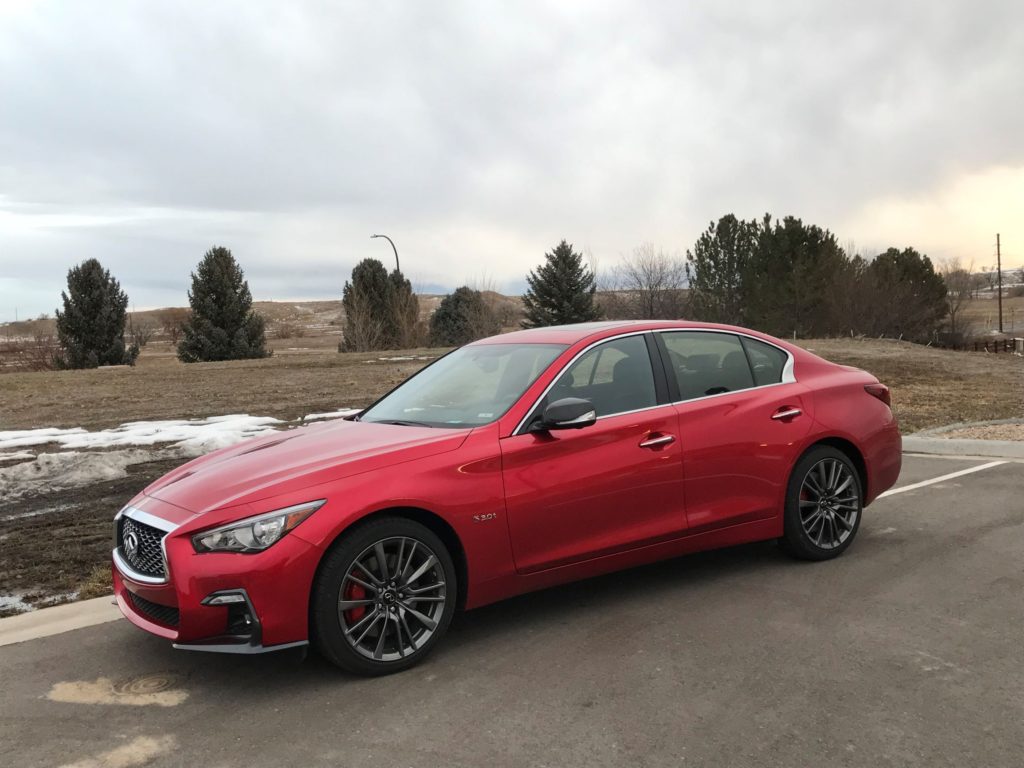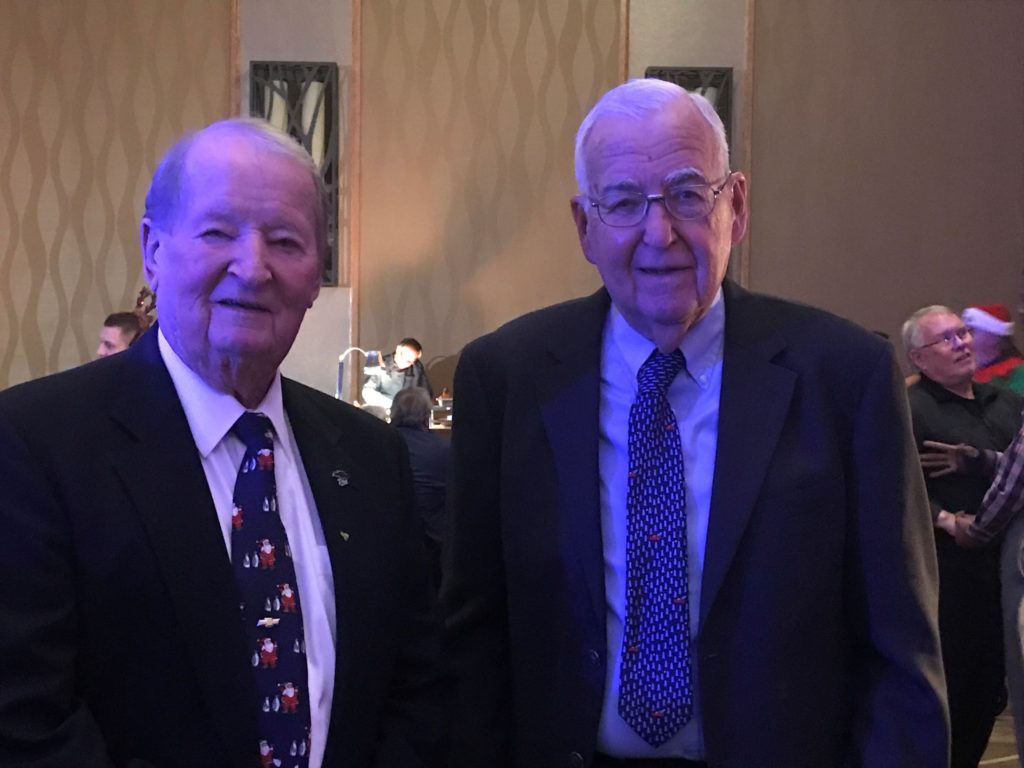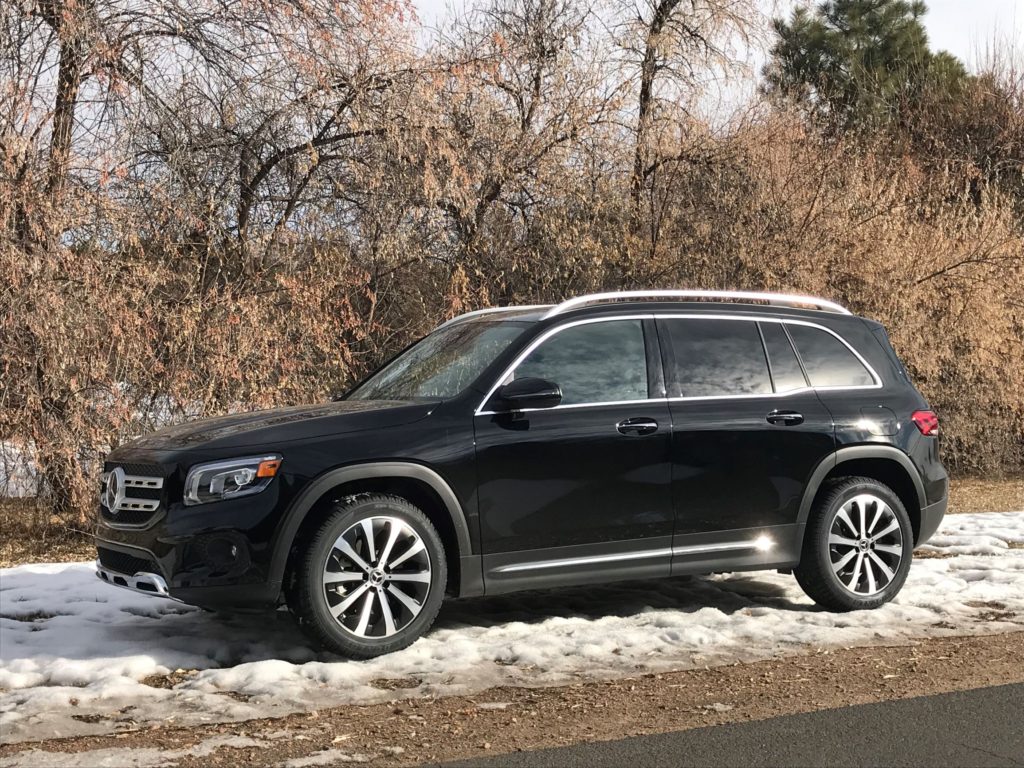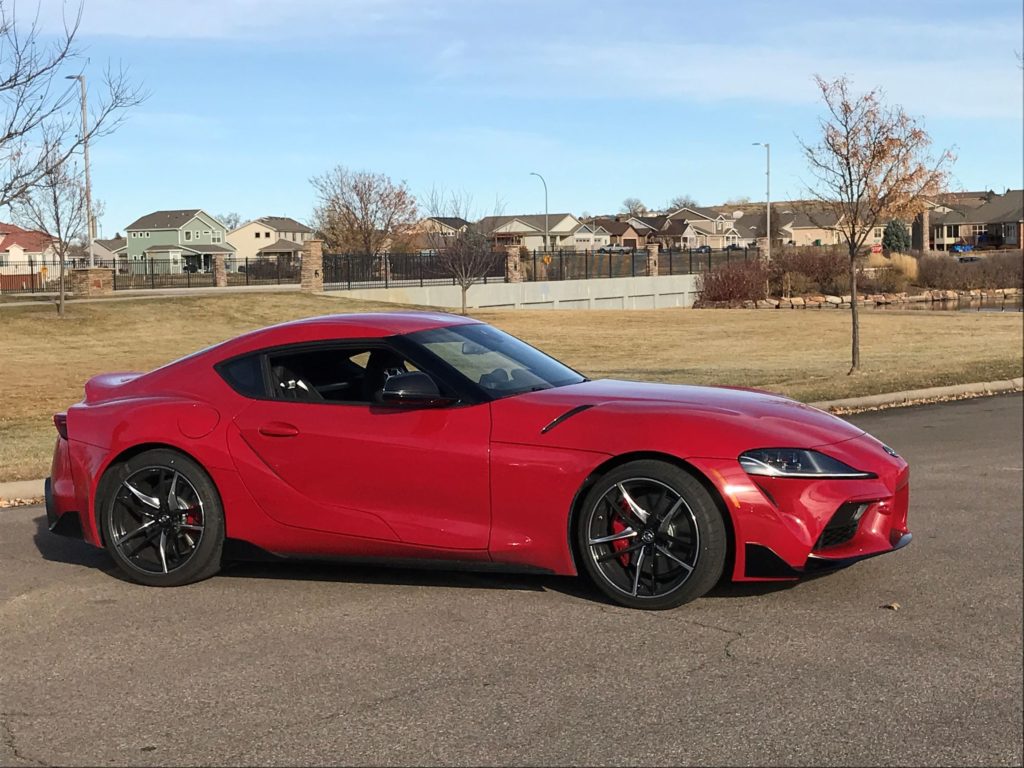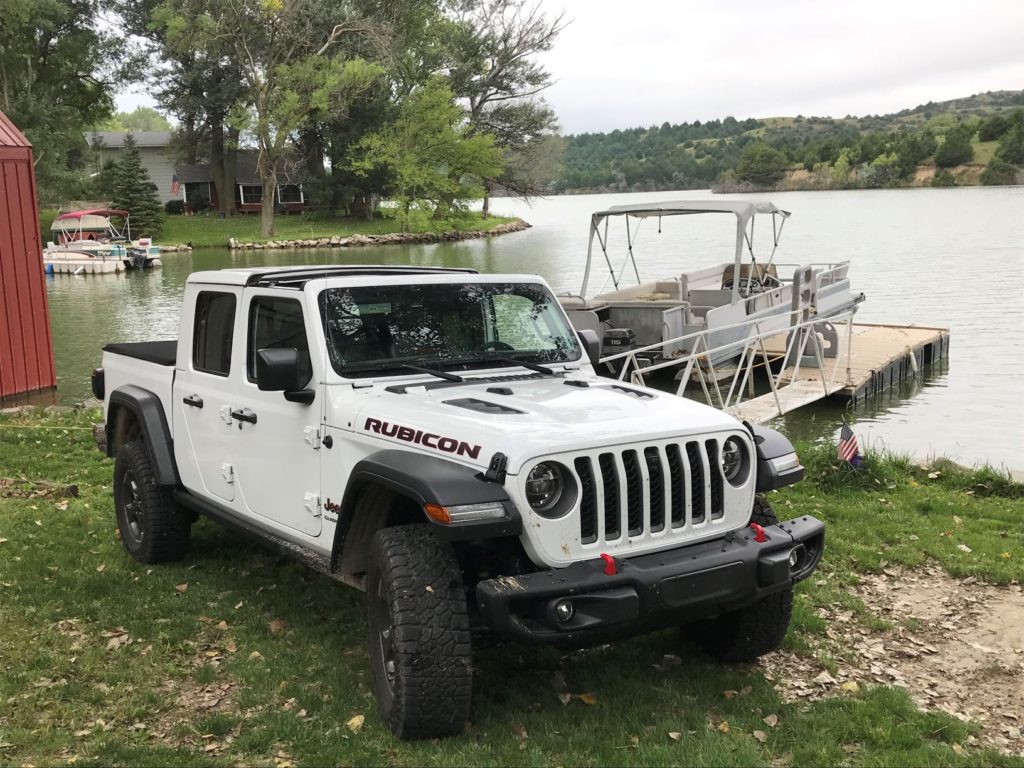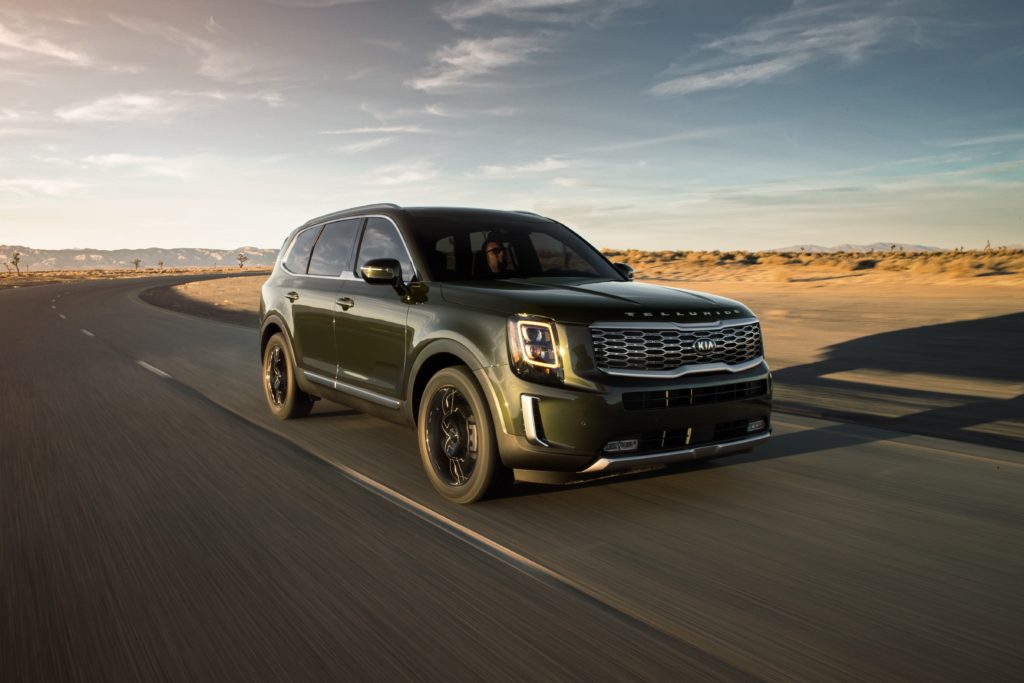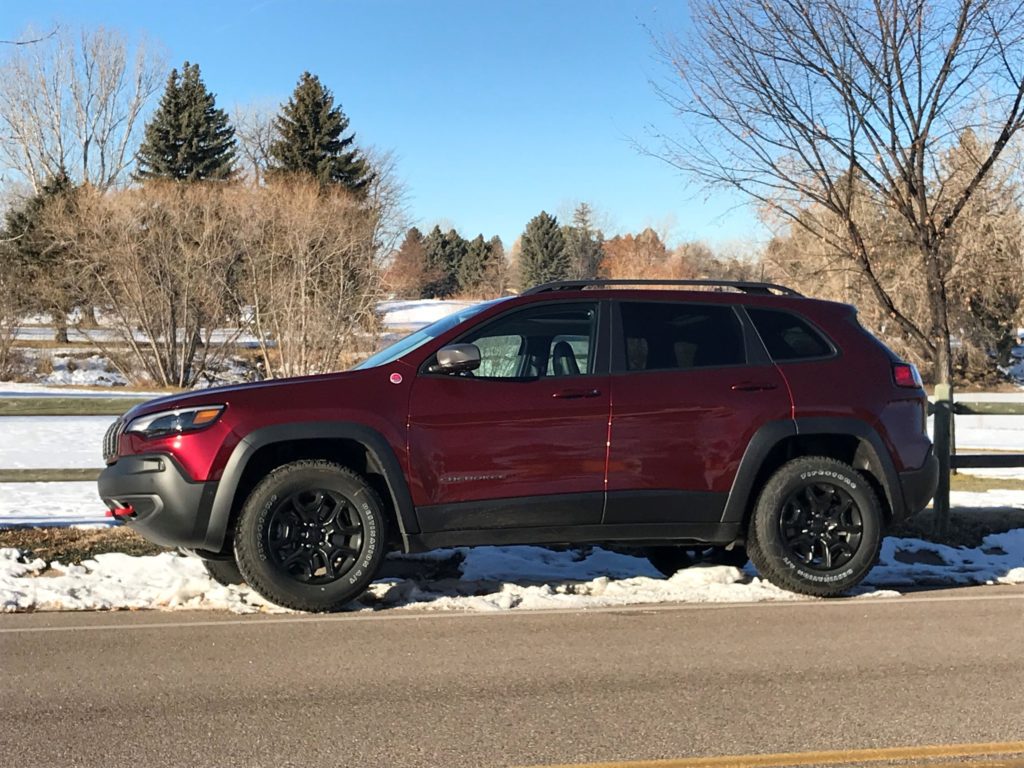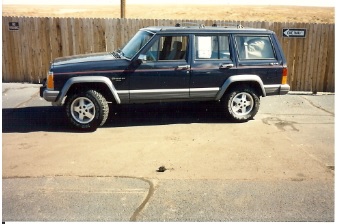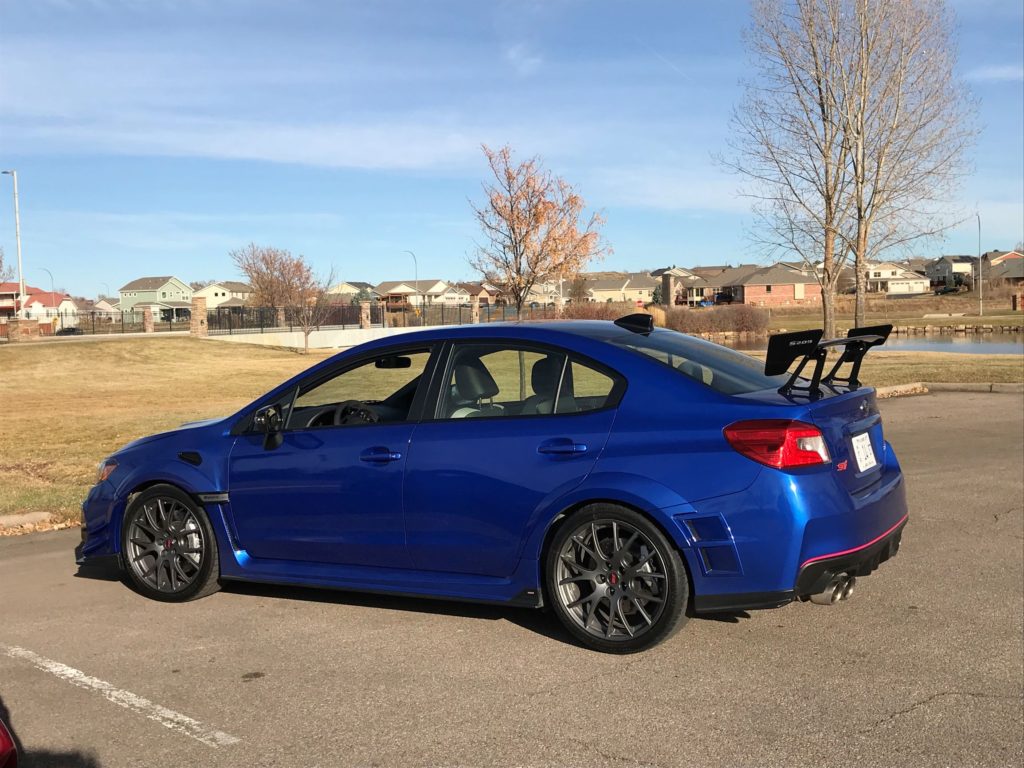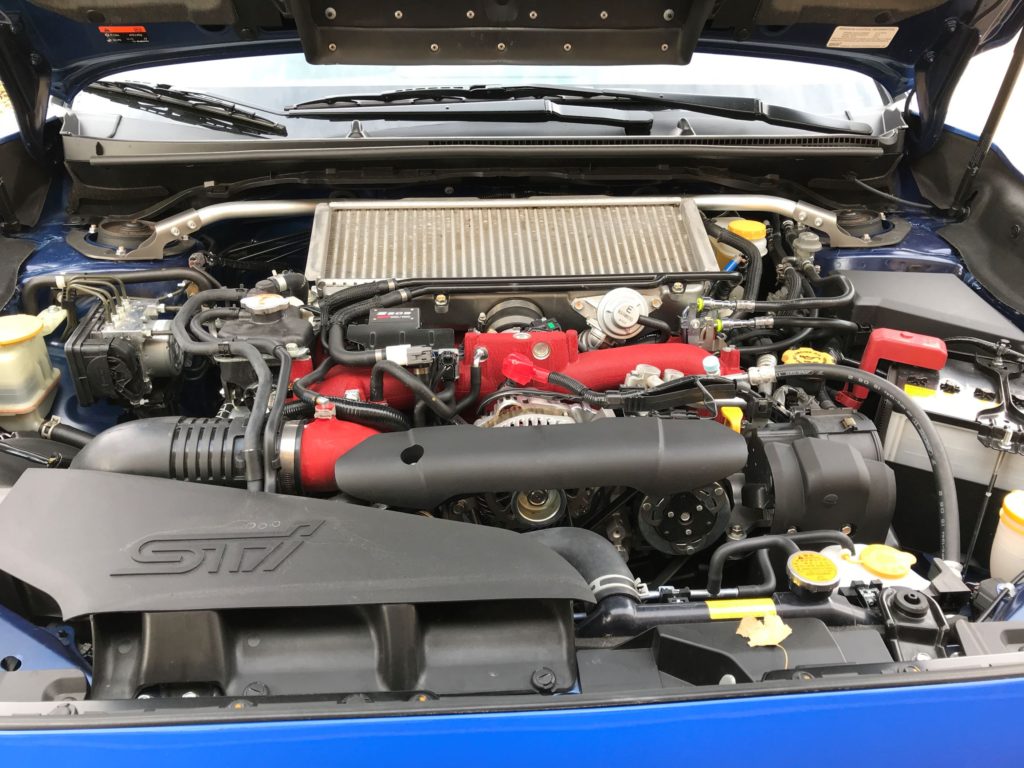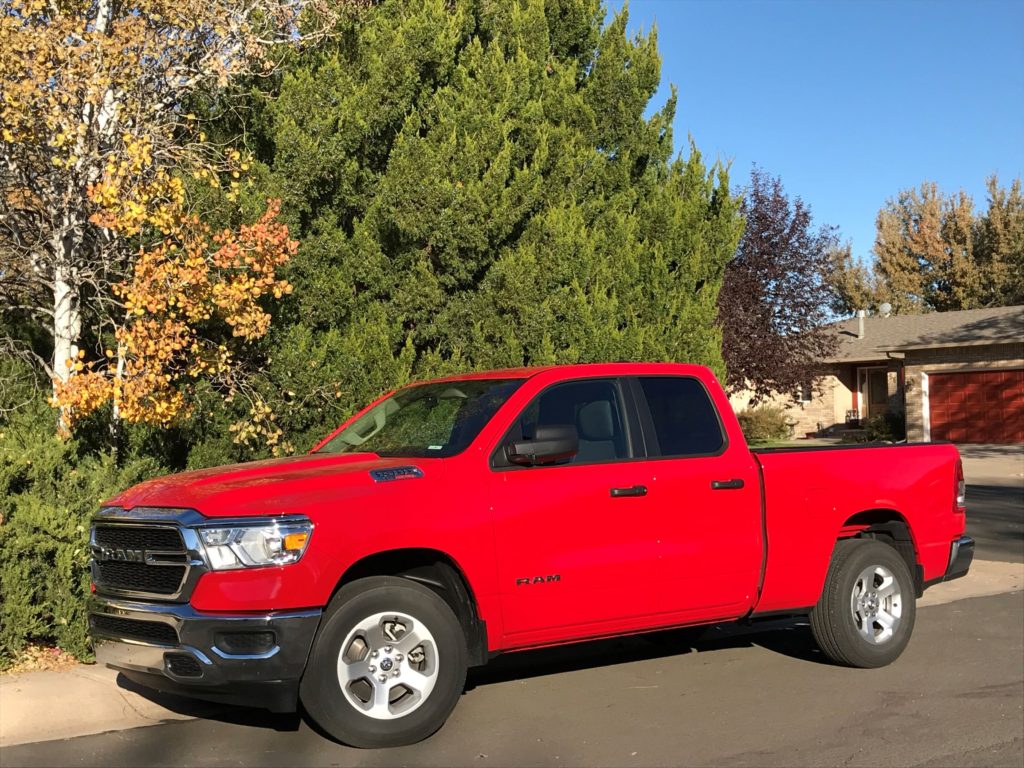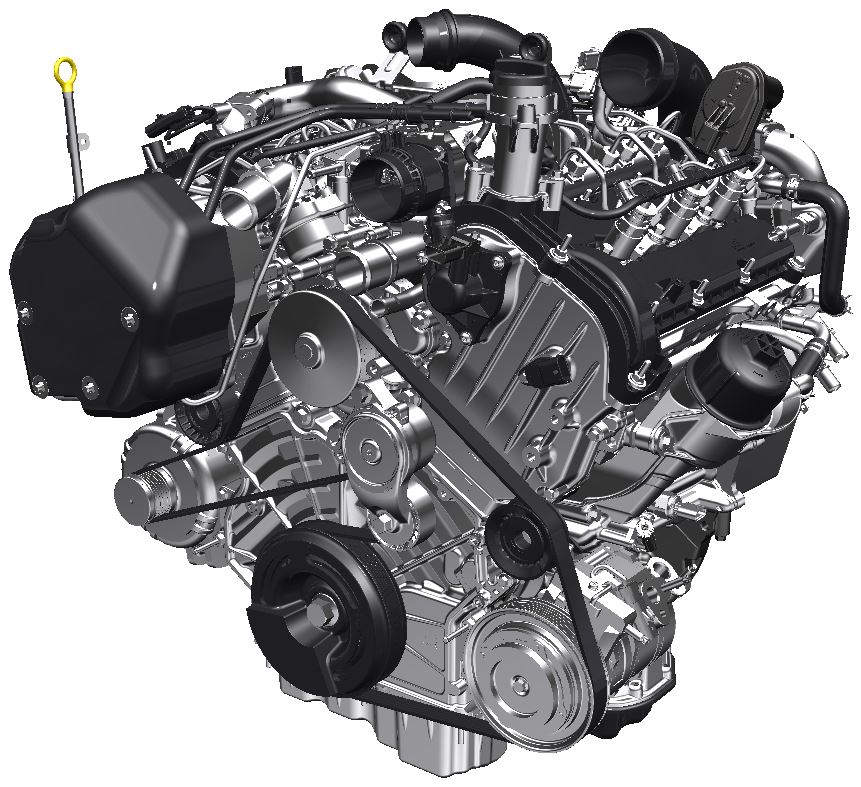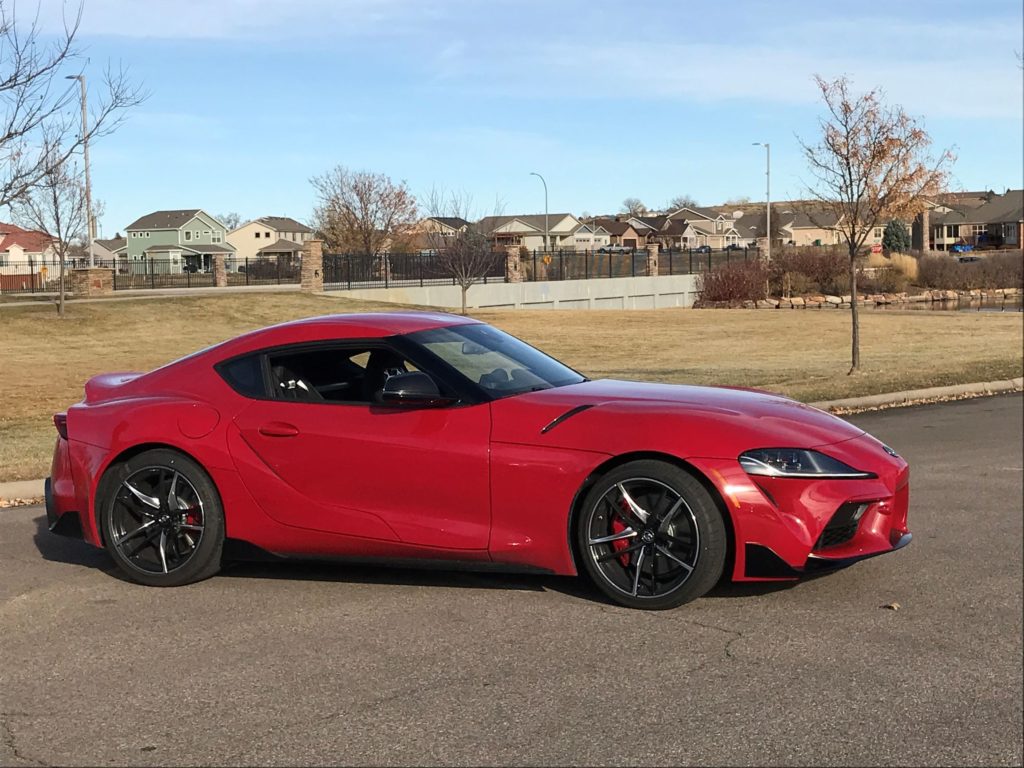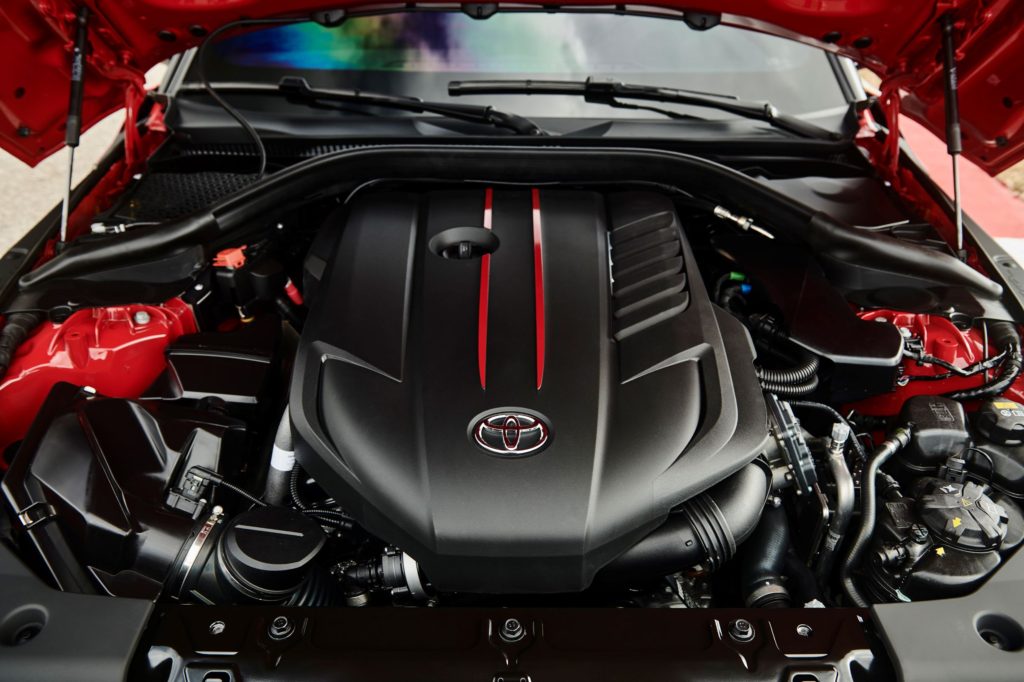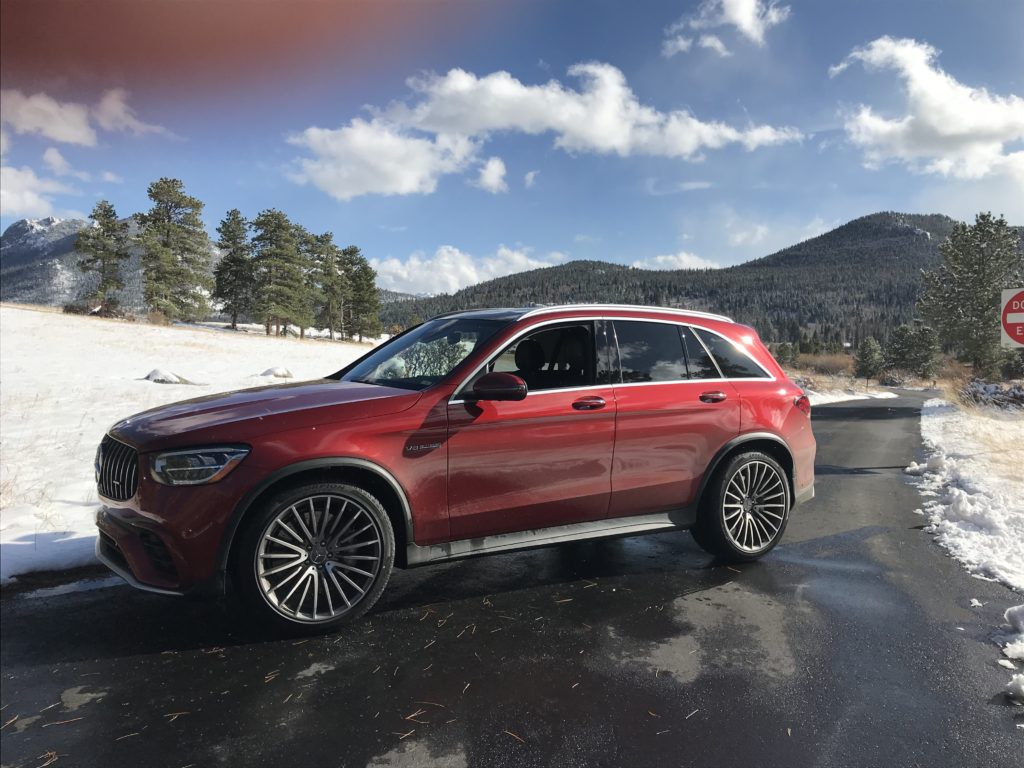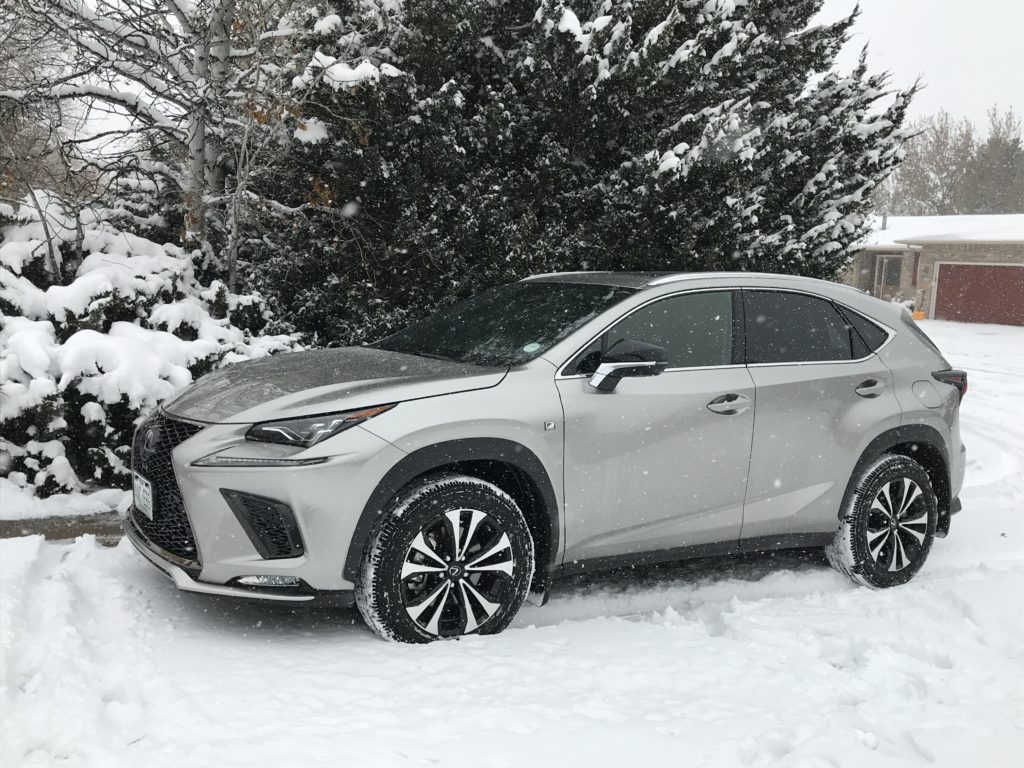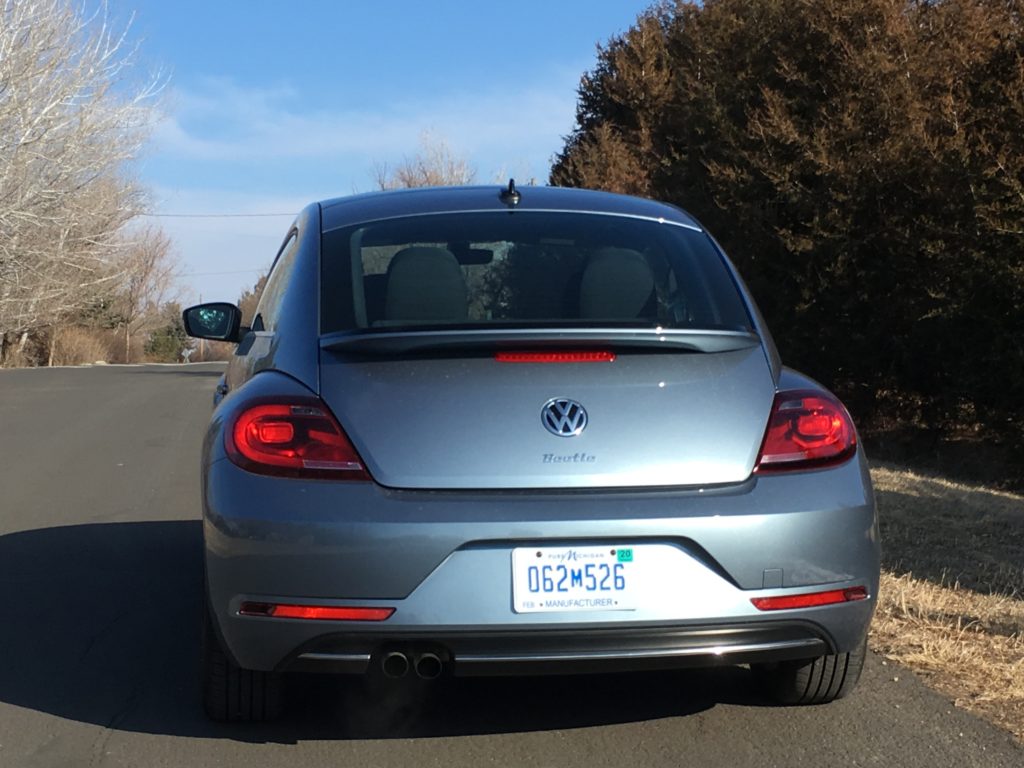
Of the 94 new cars and trucks I drove and reviewed during 2019, the lowest-priced was the Nissan Versa, with a sticker of $19,140. Others of the 10 low-enders were the Nissan Kicks $23,500; Volkswagen Beetle $23,940; Volkswagen Jetta $25,265; Honda Civic 1.5T $28,220; Kia Soul GT $28,710; Toyota Corolla $29,168; Volkswagen Tiguan $29,285; Mazda3 $30,930, and Toyota Prius all-wheel drive at $32,146.
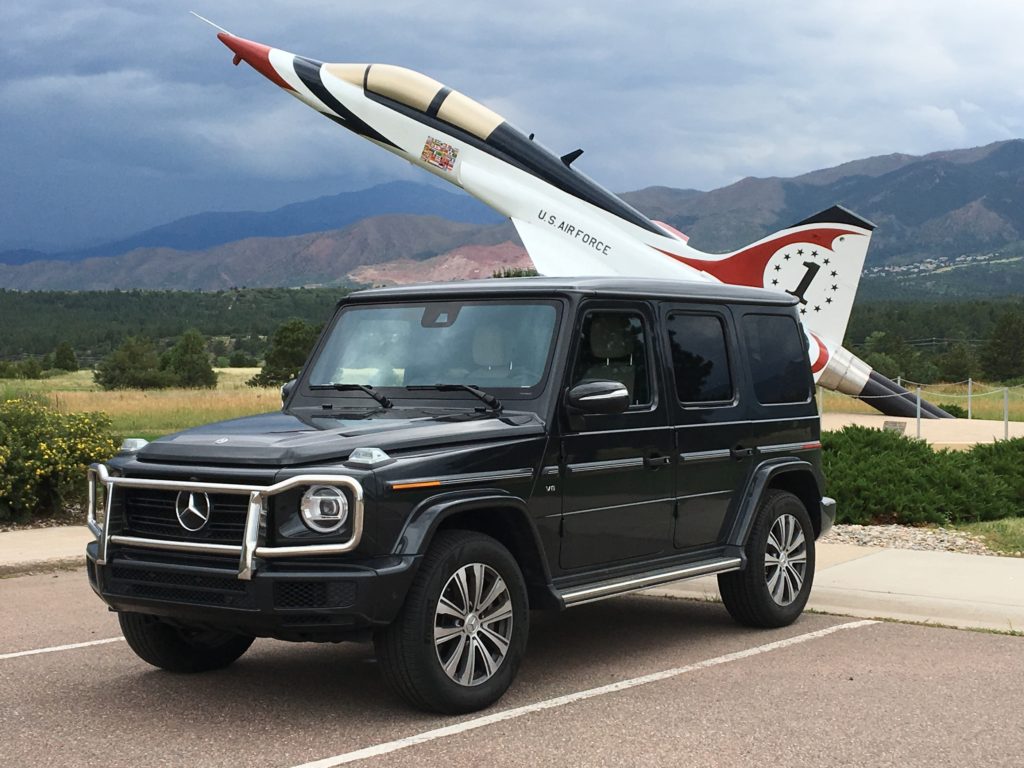
Priciest was Mercedes-Benz’ outstanding Gelaendewagen, the G550, at $134,315, followed by the Range Rover Sport SVR $131,520; BMW 850i $131,395; BMW 750i xDrive $126,145; Lexus LC500 Hybrid $108,895; BMW X7 $103,495, and Mercedes GLS550 $99,620.
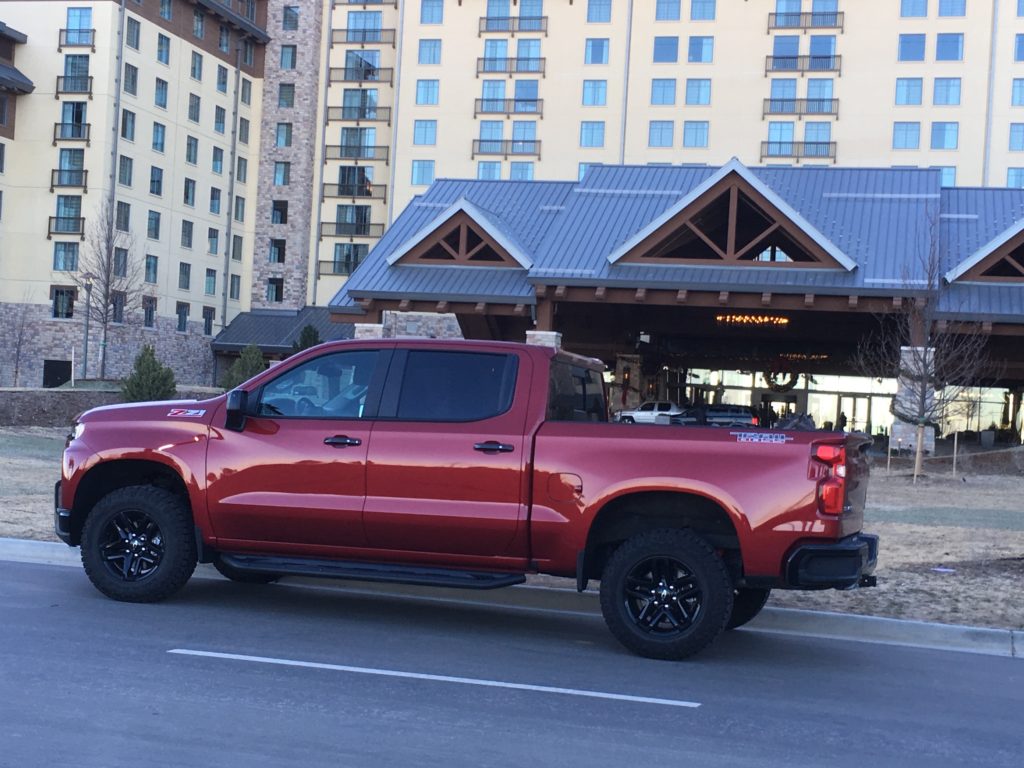
The average price of cars and trucks provided for reviewing took a big jump last year, to $57,460 from an average of $50,602 the previous year. In order that new technology be tested, manufacturers typically provide new models that are loaded with options. Toyota and Nissan supplied the most models, followed by three luxury models, BMW, Mercedes and Lexus.
Ten years ago, in 2009, average price of cars driven and reviewed was $41,169. The range of the cars and trucks was from $16,310 for the little Nissan cube to $107,000 for the luxurious Jaguar XKR convertible.
Following are the cars driven in 2019, listed alphabetically, and their sticker prices:
- Acura RDX $45,900;
- Alfa Romeo Giulia $51,885;
- Alfa Romeo Stelvio Quadrifoglio $88,390;
- Audi Q8 $88,690;
- Audi Q3 S $44,990;
- BMW 750i xDrive $126,145;
- BMW M2 Competition Coupe $67,945;
- BMW M850i $131,395;
- BMW X5 $73,980;
- BMW X7 $103,495;
- BMW Z4 $63,485;
- Cadillac XT4 $54,785;
- Cadillac XT6 $71,585;
- Chevrolet Equinox $37,745;
- Chevrolet Silverado Trail Boss $57,285;
- Chevrolet Traverse $45,090;
- Chevrolet Blazer $49,290;
- Chevrolet Colorado Bison $53,245;
- Chrysler 300 $50,265;
- Chrysler Pacifica Plug-in Electric $50,375;
- Ford Edge $46,910;
- Ford F150 Lariat V-8 $64,555;
- Ford F150 Raptor $70,770;
- Ford F250 Super Duty turbodiesel $75,605;
- Ford Ranger SuperCrew $45,190;
- Honda Civic 1.5T $28,220;
- Honda Civic Type R $36,620;
- Honda Passport $44,725;
- Honda Pilot $49,015;
- Honda Pilot Black Edition $50,715;
- Infiniti Q50 Red Sport 400 $60,475;
- Infiniti QX50 $49,685;
- Jeep Cherokee Trailhawk $45,425;
- Jeep Gladiator Rubicon $60,380;
- Jeep Wrangler Unlimited EcoDiesel $64,380;
- Jeep Wrangler Unlimited $50,050;
- Kia Niro EV $47,155;
- Kia Soul GT $28,710;
- Kia Telluride $47,255;
- Land Rover Discovery $81,395;
- Land Rover Discovery $80,915;
- Lexus GS F $87,985;
- Lexus GX460 $72,210;
- Lexus LC500 Hybrid $108,895;
- Lexus LX570 $88,940;
- Lexus NX300 F $47,818;
- Lexus UX250H $42,050;
- Mazda3 $30,930;
- Mazda3 hatchback $32,195;
- Mazda CX-5 $39,030;
- Mazda Miata GT RF $35,405;
- Mercedes AMG GLC $83,655;
- Mercedes C300 Coupe $63,675;
- Mercedes AMG CLS $87,205;
- Mercedes AMG E53 $92,105;
- Mercedes GLE prototype $70,000;
- Mercedes GLS550 $99,620;
- Mercedes G550 $134,315;
- Mitsubishi Outlander plug-in hybrid $42,920;
- Nissan Altima $32,495;
- Nissan Kicks $23,500;
- Nissan Leaf Plus $44,850;
- Nissan Murano $44,090;
- Nissan Pathfinder $44,455;
- Nissan Rogue $36,085;
- Nissan Titan turbodiesel $63,270;
- Nissan Versa $19,140;
- Ram 1500 EcoDiesel $41,885;
- Ram 1500 Longhorn $66,700;
- Ram Big Horn Mopar 1500 $65,884;
- Ram 2500 Tradesman $52,450;
- Ram Rebel $59,150;
- Range Rover Sport SVR $131,520;
- Subaru Ascent $43,305;
- Subaru Forester $35,270;
- Subaru Legacy $36,795;
- Subaru Outback $37,750;
- Subaru STI S209 $64,880;
- Toyota Avalon Hybrid $44,870;
- Toyota Corolla $29,168;
- Toyota Highlander $45,019;
- Toyota Land Cruiser $88,675;
- Toyota Prius AWD Hybrid $32,146;
- Toyota RAV4 Adventure $39,948;
- Toyota Sienna $51,427;
- Toyota Supra $56,220;
- Toyota Tacoma $50,210;
- Toyota Tundra $51,040;
- Volkswagen Arteon $45,960;
- Volkswagen Atlas $49,390;
- Volkswagen Beetle $23,940;
- Volkswagen Jetta $25,265;
- Volkswagen Tiguan $29,285;
- Volvo S60 plug-in hybrid $64,190;
- Volvo V60 CrossCountry Wagon $55,250.
